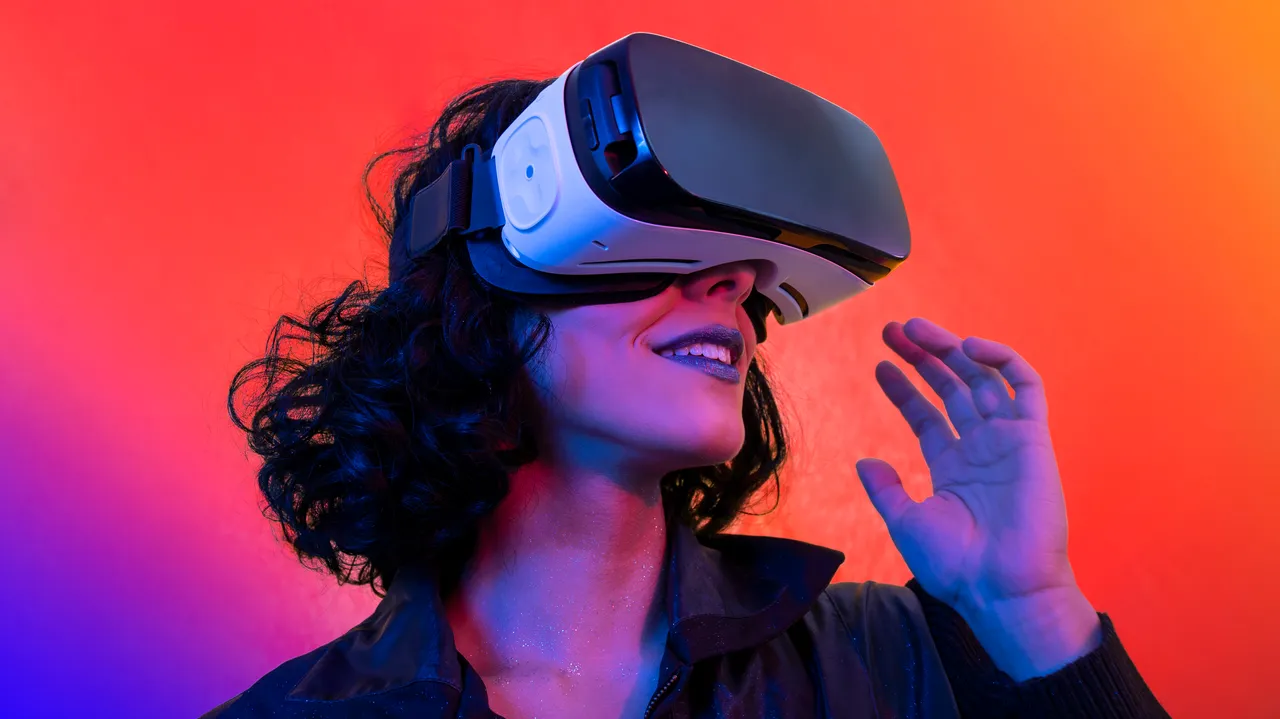Apple, the world’s most valuable company, has achieved another milestone by reaching a market capitalisation of $3 trillion for the first time in history. The tech giant’s shares have soared nearly 46% this year, driven by strong iPhone sales, new product launches and its entry into the emerging virtual reality (VR) sector.
In this article, we will look at how Apple has managed to dominate the global smartphone market, what are its plans for expanding into VR and how it can leverage its loyal customer base and innovative capabilities to create a competitive edge in this new domain.
How Apple dominates the smartphone market
Apple’s success in the smartphone market is largely attributed to its ability to offer premium products that appeal to a wide range of consumers across different regions, income levels and preferences. According to Counterpoint Research, Apple captured 21% of the global smartphone market share in Q2 2023, followed by Samsung with 19% and Xiaomi with 14%.
Some of the factors that contribute to Apple’s dominance in the smartphone market are:
- Brand loyalty: Apple has a loyal fan base that is willing to pay a premium price for its products and services. According to a survey by SellCell, 92% of iPhone owners plan to stick with Apple for their next smartphone purchase, compared to 74% for Samsung users and 65% for Google users.
- Product differentiation: Apple differentiates its products by offering unique features, such as Face ID, AirDrop, iMessage and Siri, that are not available on other platforms. Apple also invests heavily in research and development to create innovative technologies, such as the M1 chip, MagSafe and LiDAR scanner, that enhance the performance and functionality of its devices.
- Ecosystem integration: Apple has created a seamless ecosystem that connects its hardware, software and services across different devices, such as iPhones, iPads, Macs, AirPods, Apple Watches and Apple TVs. This creates a high switching cost for users who want to migrate to other platforms, as they would lose access to their data, apps and content stored on iCloud, iTunes and App Store.
- Customer satisfaction: Apple consistently ranks high in customer satisfaction surveys, such as the American Customer Satisfaction Index (ACSI), which measures how satisfied customers are with their purchases. In 2022, Apple scored 82 out of 100 in the ACSI smartphone category, ahead of Samsung with 81 and LG with 79.
What are Apple’s plans for VR?
Apple has been rumoured to be working on a VR headset for several years, but it has not officially confirmed or announced any details about its product. However, according to various reports from credible sources, such as Bloomberg, The Information and Ming-Chi Kuo, Apple is expected to launch its first VR headset in 2024.
The headset is said to be a high-end device that will offer a mixed-reality experience, combining VR and augmented reality (AR) features. It will reportedly have dual 8K displays, advanced eye-tracking technology, more than a dozen cameras for tracking hand movements and capturing the user’s surroundings, and a custom chip that will power the device.
The headset is also said to be very expensive, costing around $3,000 (nearly Rs. 2.5 lakh), which will limit its appeal to niche markets, such as gaming enthusiasts and professional users. However, some analysts believe that Apple’s entry into VR will boost the overall growth of the sector by creating more awareness and demand for immersive technologies.
According to IDC, the global VR/AR market is expected to grow from $12.4 billion in 2020 to $72.8 billion in 2024, at a compound annual growth rate (CAGR) of 54%. Some of the drivers of this growth are:
- Improved hardware: VR/AR devices are becoming more affordable, accessible and comfortable for users. For example, Meta’s Quest 2 headset costs $299 (nearly Rs. 24,500) and does not require a PC or console to operate. It also offers wireless connectivity, hand tracking and spatial audio features that enhance the user experience.
- Diverse content: VR/AR content is expanding beyond gaming and entertainment to include education, training, healthcare, tourism and social networking. For example, Osso VR offers a VR training platform for surgeons, while Engage offers a VR platform for hosting virtual events and meetings.
- COVID-19 impact: The COVID-19 pandemic has accelerated the adoption of VR/AR technologies, as people seek alternative ways to work, learn and socialize remotely. For example, according to SuperData, the number of monthly active VR users increased by 71% in 2020, while the number of VR headsets sold increased by 19%.
How can Apple create a competitive edge in VR?
Apple faces several challenges and opportunities in entering the VR sector. Some of the challenges are:
- Competition: Apple will have to compete with established players, such as Meta, Microsoft and HTC, who have already built a strong presence and reputation in the VR market. Apple will also have to contend with emerging players, such as Huawei, Xiaomi and Facebook, who are developing their own VR/AR devices and platforms.
- Regulation: Apple will have to comply with various regulations and standards that govern the VR/AR industry, such as data privacy, content moderation and safety. Apple will also have to deal with potential legal disputes and antitrust issues that may arise from its dominant position in the smartphone market and its control over its ecosystem.
- Innovation: Apple will have to constantly innovate and improve its VR/AR products and services to meet the evolving needs and expectations of users. Apple will also have to overcome some technical and design challenges, such as reducing the size, weight and cost of its headset, improving the battery life and resolution of its displays, and enhancing the interactivity and realism of its content.
Some of the opportunities are:
- Brand value: Apple has a strong brand value that is associated with quality, innovation and customer satisfaction. Apple can leverage its brand value to attract and retain users who are willing to pay a premium price for its products and services. Apple can also use its marketing and distribution channels to promote and sell its VR/AR products and services globally.
- Ecosystem advantage: Apple has an advantage over its competitors in terms of its ecosystem integration. Apple can offer a seamless and consistent user experience across its devices, software and services, as well as access to a large and loyal customer base. Apple can also use its ecosystem to create synergies and cross-selling opportunities for its VR/AR products and services.
- Differentiation strategy: Apple can differentiate its VR/AR products and services by offering unique features, such as Face ID, AirDrop, iMessage and Siri, that are not available on other platforms. Apple can also invest in creating exclusive and original content for its VR/AR platform, such as games, shows and apps, that will appeal to different segments of users.
Conclusion
Apple’s market capitalisation reaching $3 trillion is a remarkable achievement that reflects its dominance in the smartphone market. However, Apple is not resting on its laurels and is exploring new markets such as VR. Apple’s entry into VR will likely have a significant impact on the sector, as it will bring more attention, innovation and competition to the field. Apple will face some challenges in entering VR, but it will also have some opportunities to create a competitive edge by leveraging its brand value, ecosystem advantage and differentiation strategy.

